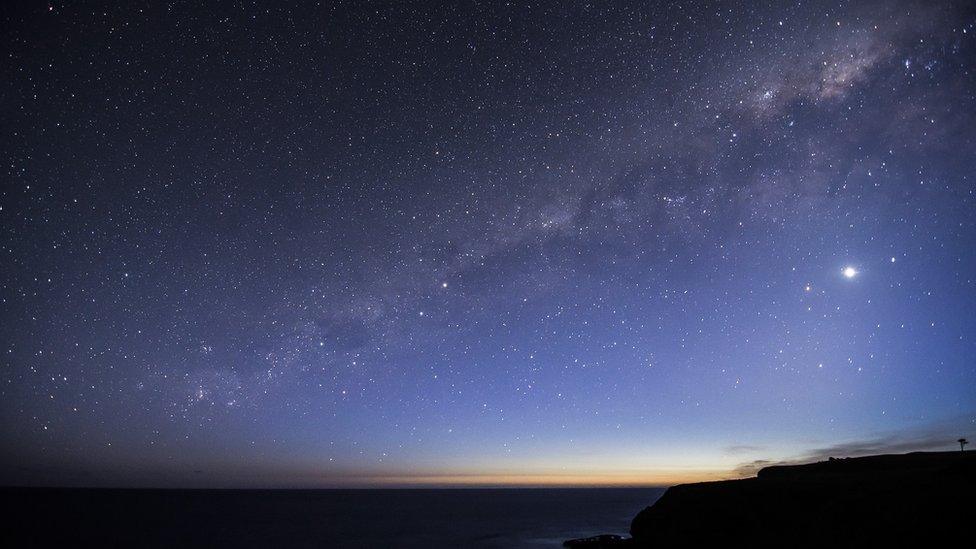Rare rocks could give glimpse into first life on Earth
- Published
- comments
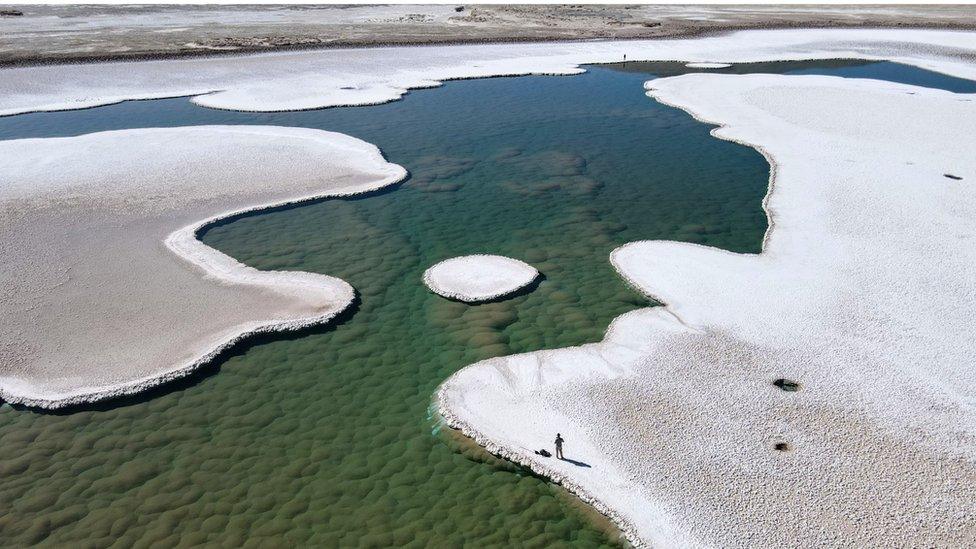
Scientists studied the ecosystem in Puna de Atacama in Argentina
What do you imagine Earth was like for the first few forms of life?
Well, scientists have been studying an ecosystem in South America which might be able to give us a bit of an idea of the world 3.5 billion years ago.
They have been studying an environment in Argentina, which is home to giant mounds of rocks, which were built by microbes, called stromatolites.
Those behind the study say the stromatolites found in this area are "unlike any others found on modern Earth".
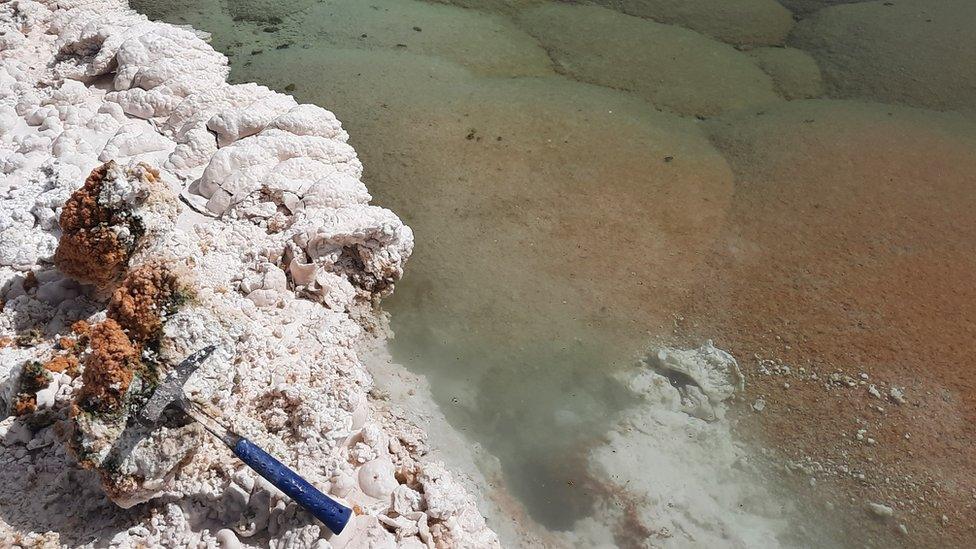
The team say the stromatolites are unlike any others found on modern Earth
Astrobiologist Dr Brian Hynek, was part of the team that studied the site in Puna de Atacama in Argentina, and examined some of the earliest fossils in rocks there.
He says they were created at a time when all life on Earth was microscopic, there were no plants or animals and there wasn't any oxygen to breathe either.
He said: "We think there are the same types of bacteria living there and doing the same biology processes as the ones billions of years ago.
"So by studying the modern ones, we can learn about early Earth life."
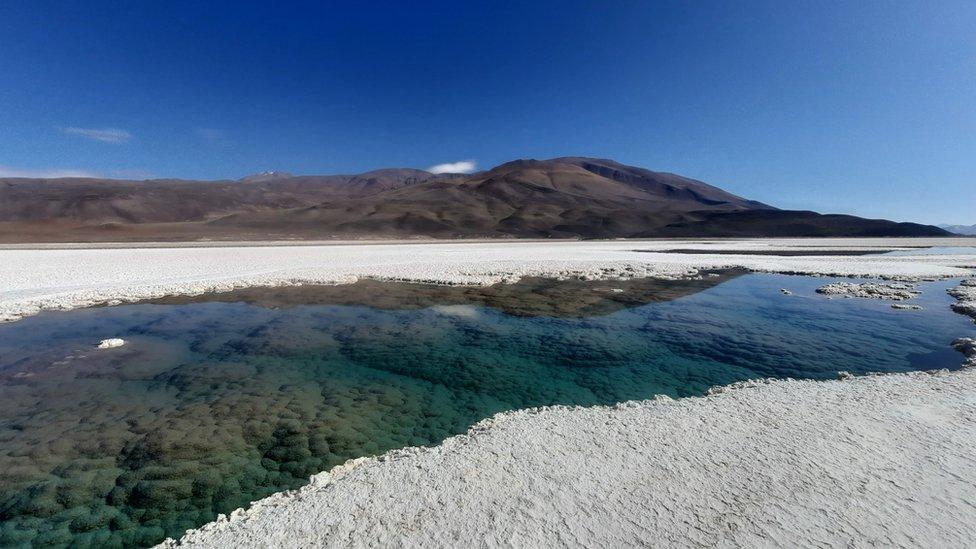
Scientists believe the ecosystem could be a window into first life on Earth
Not many places still have stromatolites similar to those around on ancient Earth.
Dr Hynek says that stromatolites might have formed on Mars and would like to see them searched for by rovers.
He says the dried up lakes on the planet have a lot of the same salts that the team found in samples from their study in Argentina.
The team only had a couple of hours at the site on its first trip and are hoping to return.
The plan is to collect more samples to try and understand why microbes are able to grow there.
- Published28 September 2020
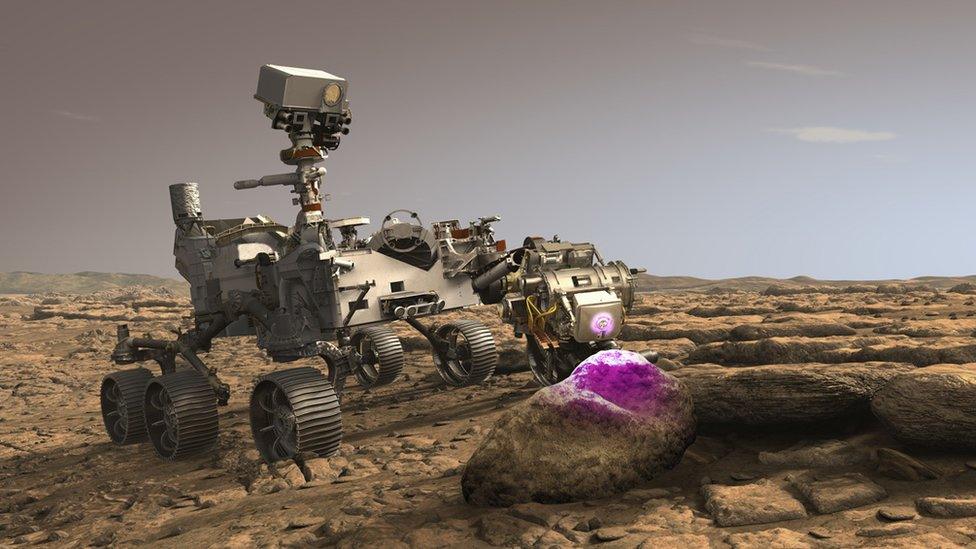
- Published5 September 2016
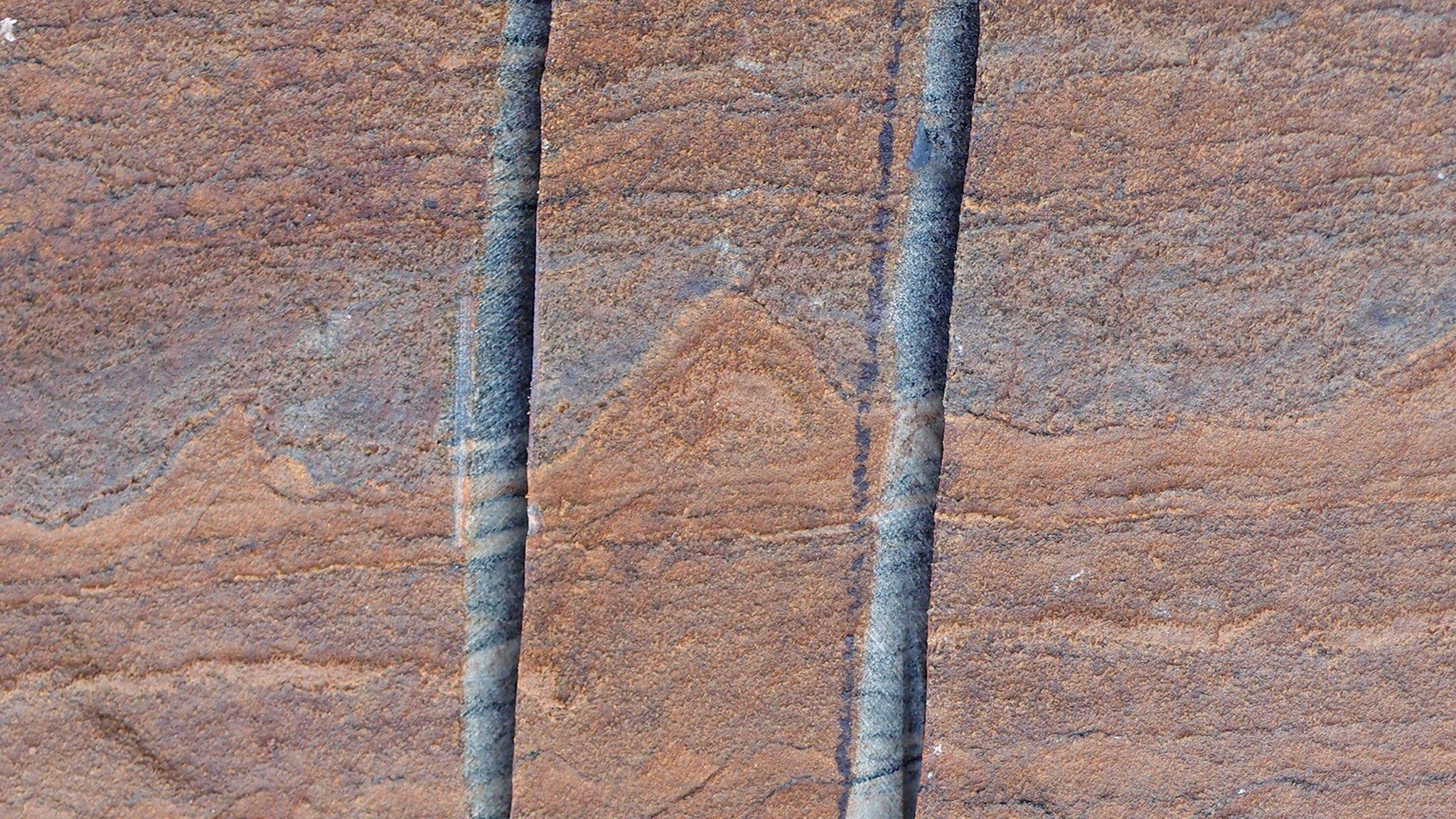
- Published13 September 2022
